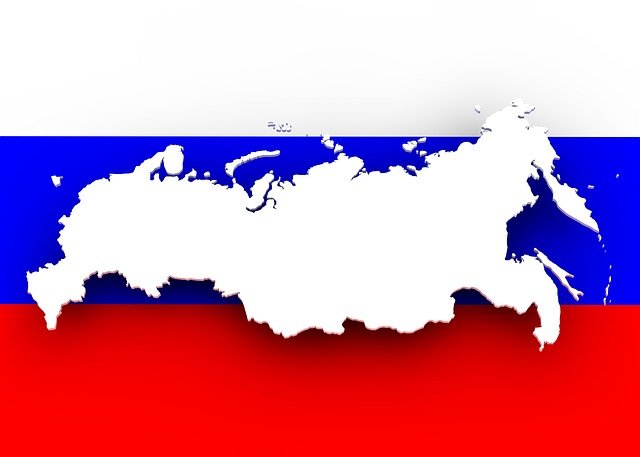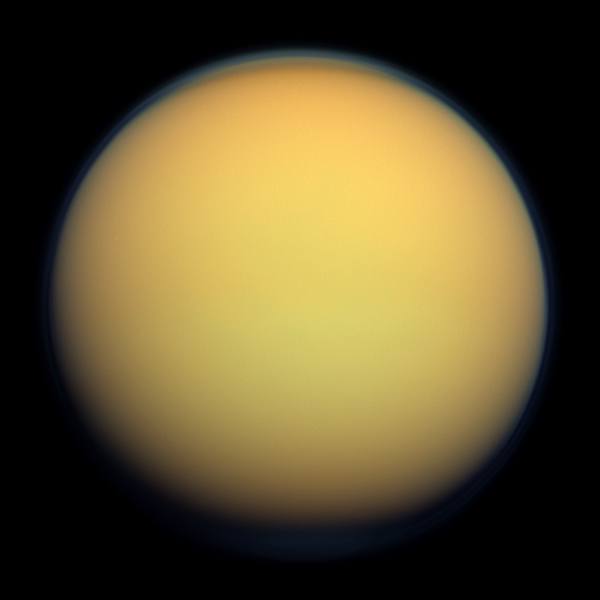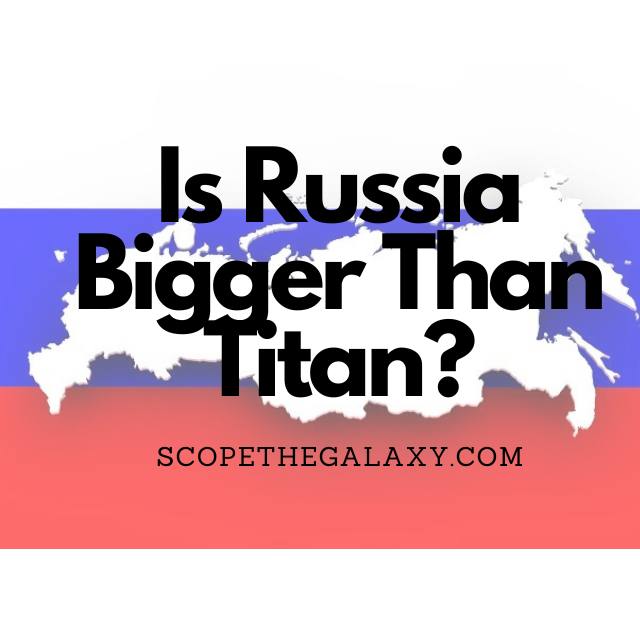*This post may contain affiliate links. This means we may make a commission if you purchase an item using one of our links*
Russia is the largest country on Earth with a surface area of 17.1 million sq. kilomteres and a volume of 349.46 mllion cubic kilometers while Titan is the second largest moon and a spherical entity with a surface area of 83 million sq. kilometers and a volume of 71.6 billion cubic kilometers. It only makes sense that Titan would be bigger as it spherical whilst Russia is a flat land mass.
For a more thorough look at what makes both bodies as big as they are, continue reading as it will be covered in more detail below.
How Big Is Russia?

Based purely on surface area Russia has the most surface area amongst every country in our solar system, which is more than a large a variety moons across our solar system, the likes of which includes Pluto’s largest moon Charon, Uranus’ moon Titania among numerous others.
From east to west Russia encompasses roughly 9,000km, with the entire surface area of the country adding up to roughly 17.1 million km². The end to end length of Russia is more the double that of the moon and 4 times the diameter of Pluto.
Russia also has 2 mountain ranges, which are the Ural Mountains and the Caucasus Mountains which make up a large portion of the countries surface area.
The Ural mountains have a surface area of 2.225 million km² with the overall end to end range of the mountains roughly 2,500km. The northern region of these mountains have mountains that average peaks of around 1,000m so it’s not necessarily the tallest regions in the world but still very tall nonetheless.
As for the Cacasus Mountains, they are far smaller with a surface area of 477,488 km² with the largest mountain in the region called Mount Elbrus with a peak of 5,642m.
in regards to the depth of Russia’s crust, that is estimated to be 37km on average. If we were to multiple Russia’s surface area with the average thickness of the crust, Russia’s overall volume would come out to roughly 632.7 million cubic kilometers.
All of these factors, such as the height of the mountains, to the end to end distance from east to west and thickness of he countries crust add up to make Russia the literal biggest country on Earth and bigger than a fair share of moons that orbit the other planets in our solar system.
How Big Is Titan?

Titan is the largest of Saturn’s moons and the second largest satellite in our solar system (following Jupiter’s moon Ganymede). It is the only moon in the Milky Way that has clouds and a planet-like atmosphere.
Titan has a diameter of 5,150 km and a surface area of 83,000,000 sq. km. While its width falls short of Russia’s grand expanse, Titan’s surface area is far more vast thanks to its spherical body (compared to the flat land mass that is Russia). This surface area gives Titan an impressive volume of 71,600,000,000 cubic km.
This moon is so fascinating to scientists that they will launch the $1 billion drone “Dragonfly” to explore its surface. Titan has a thick atmosphere; because of this, the moon experiences a methane cycle of evaporation and condensation that creates rain, clouds, seas, and rivers. Other than Earth, Titan is the only body in the Milky Way that shows clear evidence of stable bodies of surface liquids.
The moon’s surface is one of the most Earth-like places in the Milky Way, though there are some vast differences. Firstly, the temperature is far, far colder, with an average surface temperature of −179.5 °C. And Titan’s gravity is only 14% of the Earth’s gravity, which means that a person weighing 100 kg on Earth will only weigh 14 kg on Titan.
Dutch astronomer Christiaan Huygens first discovered the moon in 1655 and named it Saturni Luna (Latin for “Saturn’s moon). It was in 1847 that English astronomer John Herschel suggested that the moon be renamed Titan from Greek mythology.
Scientists aren’t entirely sure about Titan’s origins but get some clues from its atmosphere. Instruments measuring the isotopes discovered that the ratio of Titan’s nitrogen isotope most closely resembles comets from the Oort Cloud – billions of icy bodies which orbit the Sun from a distance of 5,000 to 100,000 astronomical units.
This nitrogen ratio suggests that the moon was created from the same disc of dust and gas that formed the Sun.
Titan orbits at a distance of roughly 1.2 million kilometers from Saturn, a planet that is approximately 1.4 billion kilometers from the Sun. This vast distance means that sunlight takes around 80 minutes to reach Titan (compared to around eight minutes on Earth), and the light is 100 times fainter on this moon than we experience on Earth.
Summary
Russia is far and away the largest country on Earth and even has a diameter almost double that of Titan however, it is still a flat land mass whilst Titan is spherical.
As a result it is numerous times larger than Russia in surface area and absolutely dwarfs it in regards to volume too.

